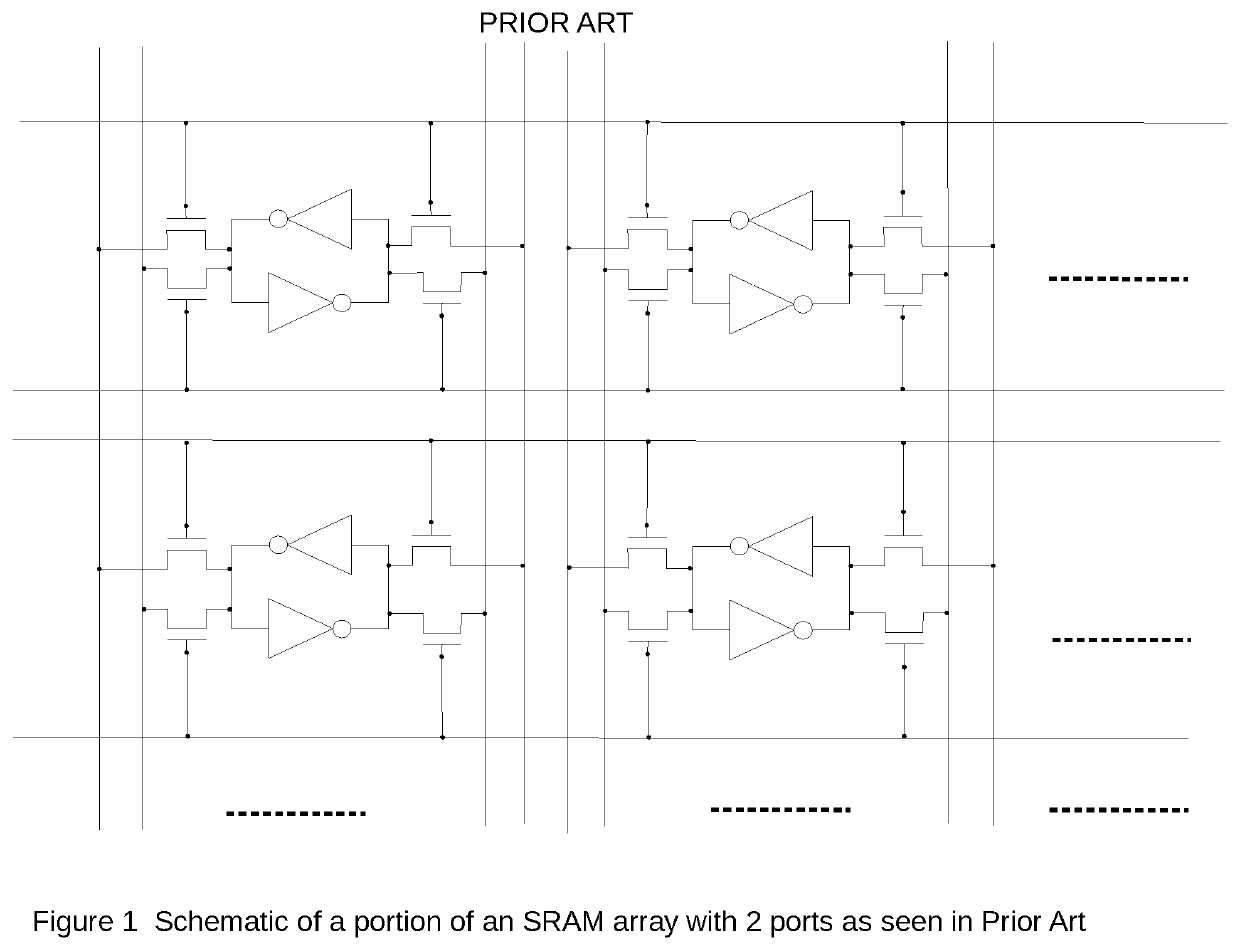Method and apparatus for storing and accessing matrices and arrays by columns and rows in a processing unit
a processing unit and matrices technology, applied in the field of methods and apparatus for storing and accessing matrices and arrays by columns and rows in a processing unit, can solve the problems of not being able to use a simple assembly language instruction to directly access and process, and the prior art is limited
- Summary
- Abstract
- Description
- Claims
- Application Information
AI Technical Summary
Benefits of technology
Problems solved by technology
Method used
Image
Examples
Embodiment Construction
[0022]This invention uses a novel mechanism to store a matrix of numbers or any generic array of values in a new storage entity called a Matrix Space. A matrix space that may reside in a processing unit is designed to store one or more matrices or arrays or matroids (3D array of numbers) using individual storage cells or latch elements, much like in any randomly accessible volatile or non-volatile memory but which are accessible in two dimensions, both along the rows or along the columns of the array.
[0023]Structure of the Matrix Space (Invention)
[0024]FIG. 3 shows the block diagram of one embodiment of a matrix space. The matrix space has several rows of storage cells. However, unlike prior art each storage cell can be accessed along the column or row of the matrix of cells. A matrix space has bit lines along both rows and columns of the matrix of cells as seen in the embodiment shown in FIG. 3. Likewise, unlike a register file or memory block, a matrix space also has controlling w...
PUM
 Login to View More
Login to View More Abstract
Description
Claims
Application Information
 Login to View More
Login to View More - R&D
- Intellectual Property
- Life Sciences
- Materials
- Tech Scout
- Unparalleled Data Quality
- Higher Quality Content
- 60% Fewer Hallucinations
Browse by: Latest US Patents, China's latest patents, Technical Efficacy Thesaurus, Application Domain, Technology Topic, Popular Technical Reports.
© 2025 PatSnap. All rights reserved.Legal|Privacy policy|Modern Slavery Act Transparency Statement|Sitemap|About US| Contact US: help@patsnap.com



